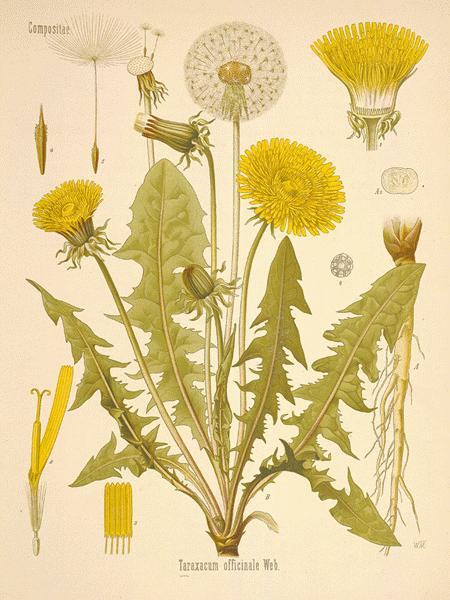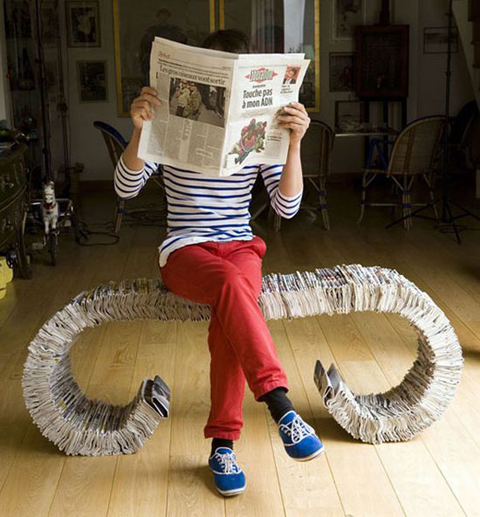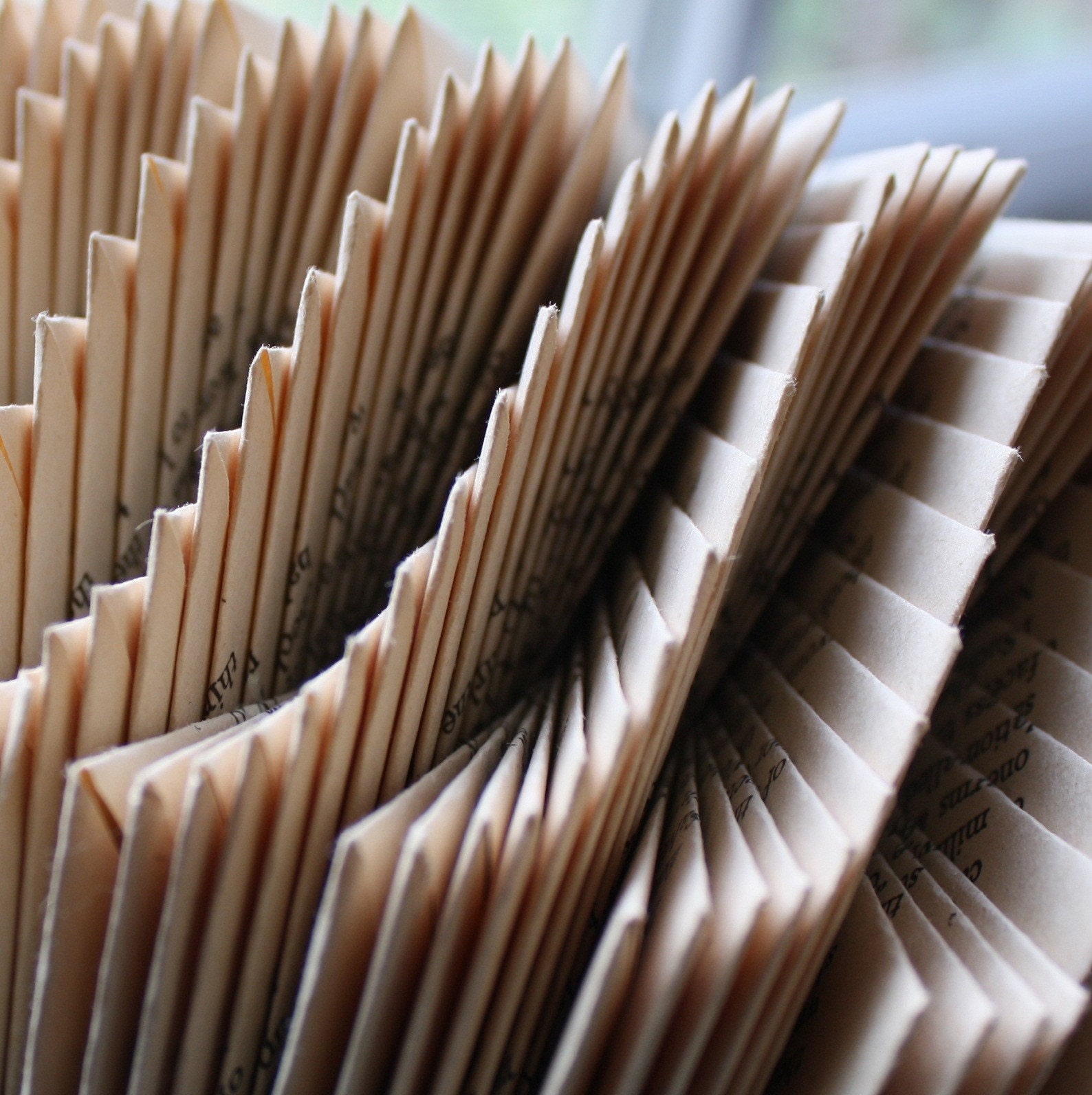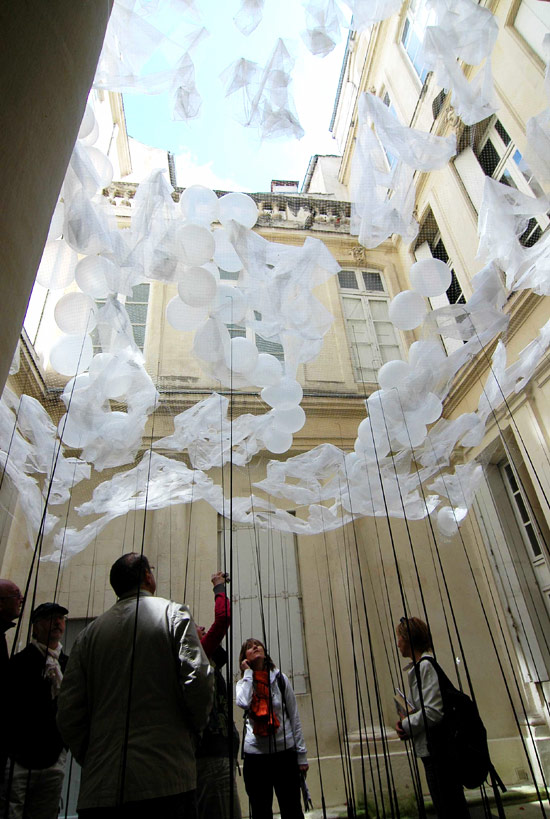Saturday, July 31, 2010
The Super Strength of POLLI-Bricks – Bricks Made from Recycled Plastic Bottles!
They’re transparent and translucent. They interlock together to form a honeycomb structure that’s extremely durable. They can be used to build anything from buildings and fences to roofs and walls of light. So what are “they” referring to? They’re called POLLI-Bricks, and they’re a genius example of recycled bottle architecture.
Although these plastic bricks may not be as cool as the Heineken beer bottle interlocking bricks from Joe Laur’s One Million Buddhist Beers on the Wall, One Million Buddhist Beers…. blog post, these are a pretty cool close second! Created by the folks at miniWiz, these amazing plastic bricks are lighter than regular bricks, and they each hold a small volume of air inside of them that allow for perfect thermal insulation.
Here’s a video of Brian Chee talking about POLLI-Bricks at the 2010 Consumer Electronics Show in Las Vegas:
http://greenopolis.com/goblog/green-groove/super-strength-polli-bricks-bricks-made-recycled-plastic-bottles
the seed and structure

Dandelion discription and structure
Drawing dandelion in pc?
and the wonderful UK pavilion inspired by dandelion
Friday, July 30, 2010
Thursday, July 29, 2010
Wednesday, July 28, 2010
Monday, July 26, 2010
Sweden’s Sweeping Green Roofed Hillside City



Kjellgren Kaminsky Architects' New Heden project aims to establish a vital new community in an underutilized site. The development will house 10,000 people in 5000 new apartments and will provide commercial zones, sports facilities, and parks, reducing the distance that residents need to travel each day.
We love how the development rises up from the earth in a series of gently flowing hills, forming a lovely terrain laced with pathways and plenty of perfect spots for picnics. These green roofs provide excellent insulation to the buildings beneath while absorbing rain that can be purified and reused as household water. The project also includes plans for the local cultivation of fruits and vegetables, and after development the site will feature a much greater biomass than before.
Kjellgren Kaminsky Architects state: “With a unique identity of sustainable densification the new town block Heden creates a vision of a garden block that connects green space, healthy lifestyle and pleasant surroundings to a modern living atmosphere.
Source from inhabitat.com
The Private Life of plants
Legendado PT-BR, Subtitles ENG Send subtitles to brauliobo at gmail dot com 2. "Growing" Broadcast 12 January 1995, this programme is about how plants gain their sustenance. Sunlight is one of the essential requirements if a seed is to germinate, and Attenborough highlights the cheese plant as an example whose young shoots head for the nearest tree trunk and then climb to the top of the forest canopy, developing its leaves en route. Using sunshine, air, water and a few minerals, the leaves are, in effect, the "factories" that produce food. However, some, such as the begonia, can thrive without much light. To gain moisture, plants typically use their roots to probe underground. Trees pump water up pipes that run inside their trunks, and Attenborough observes that a sycamore can do this at the rate of 450 litres an hour — in total silence. Too much rainfall can clog up a leaf's pores, and many have specially designed 'gutters' to cope with it. However, their biggest threat is from animals, and some require extreme methods of defence, such as spines, camouflage, or poison. Some can move quickly to deter predators: the mimosa can fold its leaves instantly when touched, and the Venus flytrap eats insects by closing its leaves around its prey when triggered. Another carnivorous plant is the trumpet pitcher that snares insects when they fall into its tubular leaves. Attenborough visits Borneo to see the largest pitcher of them all, Nepenthes rajah, whose traps contain up to two litres of water and have been known to kill small rodents
Why are plants green?
If we shine white light on chlorophyll, its molecules will absorb certain colors of light. The light that isn’t absorbed is reflected, which is what our eyes see.
A red apple appears red because the molecule of pigment in the apple’s skin absorbs blue light, not red. Thus, we see red. Chlorophyll molecules absorb blue light and some red light. The other colors are reflected resulting in the green color that we associate with plants.
Plants get their energy to grow through a process called photosynthesis. Large numbers of chlorophyll molecules acts as the antenna that actually harvest sunlight and start to convert it in to a useful form. Here’s where the absorbent properties of the chlorophyll molecule come into play.
It turns out that eons of evolutionary design have matched the absorbance of chlorophyll to the actual color of the sunlight that reaches the leaves. Sunlight consists of primarily blue and red light mixed together, which are exactly the colors that chlorophyll molecules like to absorb. Light is a form of energy, so the chlorophyll is able to harvest the sunlight with little waste.
Resource from:
http://www.pa.msu.edu/sciencet/ask_st/081496.html
the private life of plants: http://video.google.com/videoplay?docid=-2298451294711103353#docid=3347449170122297008
Sunday, July 25, 2010
Nature as Inspiration
Be inspired!!!!!!




useful sites:
http://www.grant-associates.uk.com/
http://www.cerveraandpioz.com/bionic_megacities_v.htmhttp://territoiredessens.blogspot.com/
http://architecture.myninjaplease.com/?p=1845
Saturday, July 24, 2010
Skyrise examples
http://www.evolo.us/category/architecture/
cool websites abt biomimicry
Biomimicry examples-- http://brainz.org/15-coolest-cases-biomimicry/
http://www.treehugger.com/galleries/2009/01/nature-inspired-innovation-9-examples-of-biomimicry-at-work-image-gallery.php
videos-- http://www.youtube.com/watch?v=n77BfxnVlyc
biomimicry architecture-- http://www.asknature.org/forum/5f8ea0db41860f77026f0dbd9f318b3c


















